The National Target Program for Socio-Economic Development in Ethnic Minorities and Mountainous Areas has almost completed the 5-year journey of Phase I. With the results achieved, this is not only a simple poverty reduction program, but also a comprehensive strategy with the goal of narrowing the development gap between regions, creating clear breakthroughs in infrastructure, sustainable livelihoods, education development, healthcare, preservation of traditional culture... bringing about comprehensive changes, improving the quality of life and creating development opportunities for millions of people here. In recent years, the team of prestigious people in ethnic minorities has been playing an important role in participating in the implementation of the National Target Program for Socio-Economic Development in Ethnic Minorities and Mountainous Areas for the period 2021 - 2030; Phase I: from 2021 to 2025 (National Target Program 1719). Prestigious people become one of the core forces, pioneers in mobilizing the combined strength to successfully implement the Program. General Secretary To Lam emphasized that in the current situation, there is no place for opportunistic, competitive, mediocre, hesitant, afraid of innovation, or self-interested cadres. Those who feel they do not meet the requirements should voluntarily withdraw, making way for more deserving people. Voluntarily standing behind for development is also a courageous, brave, proud and commendable act. This is the first Sabo dam project built in Vietnam according to Japanese standards, within the scope of the Technical Cooperation Project on enhancing capacity to reduce flash flood and landslide risks in the Northern mountainous region, using non-refundable ODA capital funded by the Japanese government. In recent years, the team of prestigious people among ethnic minorities has been promoting an important role in participating in the implementation of the National Target Program on socio-economic development of ethnic minority and mountainous areas for the period 2021 - 2030; Phase I: from 2021 to 2025 (National Target Program 1719). Prestigious people become one of the core forces, pioneers in mobilizing the combined strength to successfully implement the Program. On the morning of April 16, in Hanoi, the Politburo and the Secretariat held a national conference to disseminate and implement the Resolution of the 11th Conference of the 13th Party Central Committee. General Secretary To Lam attended and gave a speech at the Central bridge. The Ethnic and Development Newspaper respectfully introduces the full text of the speech of General Secretary To Lam. Chives are a vegetable used as a spice in many dishes and are also a medicinal herb in Oriental medicine, with the effect of curing many diseases. According to Oriental medicine, chives are called Phi Thai, have a spicy, sweet taste, warm properties, have the effect of strengthening the spleen, warming the middle, promoting qi, dispersing blood stasis, treating cases of chest pain, hiccups, trauma... strengthening physical strength, promoting blood circulation, thereby helping to improve the condition of weakened yang energy. General news of the Ethnic and Development Newspaper. This afternoon's news on April 15th has the following notable information: Thak-kon festival of the Khmer people in Soc Trang. Ant egg cake season. "King of ginseng" helps people change their thinking and way of doing things. Along with other news in the ethnic minority and mountainous areas. General news of the Ethnic and Development Newspaper. The morning news on April 16th has the following notable information: "Huong sac ban mong" festival. Tra Kieu Mother Church. Planting ginseng on the top of the clouds. Along with other news in the ethnic minority and mountainous areas. After the Ethnic and Development Newspaper reported the information, the Project Management Board for Investment and Construction of Traffic, Civil and Industrial Works (PMU) of Kon Tum province inspected and directed the construction units to immediately handle and fix the incident of manhole subsidence after the rain at the intersection of Truong Chinh - Tran Phu, City. Kon Tum, to ensure the safety of people and vehicles participating in traffic. Located on the North-South journey, Lieu Hanh Temple has become a mysterious spiritual destination. Through many changes, the ancient story "Princess Quynh Hoa descended to earth to help the villagers avoid epidemics, drive away wild animals, teach people to grow rice..." still exists in this beautiful land of mountains and rivers. On the morning of April 16, activities within the framework of the 9th Vietnam - China Border Defense Friendship Exchange Program officially took place. The high-ranking delegation of the Ministry of National Defense of Vietnam, led by General Phan Van Giang - Politburo member, Deputy Secretary of the Central Military Commission, Minister of National Defense, arrived at Huu Nghi International Border Gate (Cao Loc district, Lang Son province) to attend the welcoming ceremony, paint the 1,116 milestone and then exited the country through Huu Nghi Border Gate to participate in exchange activities in China. On the afternoon of April 16, at the National Convention Center (Hanoi), Prime Minister Pham Minh Chinh chaired the official welcoming ceremony for international delegations attending the Partnership for Green Growth and Global Goals 2030 (P4G) Summit in Vietnam in 2025. In the vast grassland space, the gentle sound of the gong resounded like the Ba Na people's confession sent into the mountain wind and forest mist. Simple but passionate, the sound of the gong contains love, nostalgia, joy and community cohesion. Like the breath of the great forest, that sound has, is and will forever resonate in the cultural space of the Central Highlands.
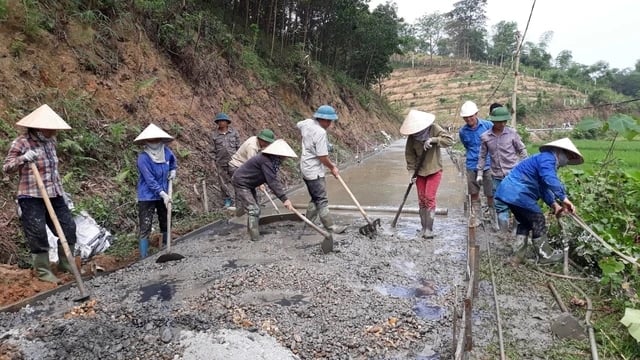
The National Target Program for Socio-Economic Development of Ethnic Minority Areas is not simply a policy package – but a long-term, comprehensive strategy. With a sustainable, comprehensive and humane approach, the Program is gradually narrowing the development gap between mountainous and lowland areas.
Completing infrastructure, opening a way out of poverty for the highlands
After nearly 5 years of implementation, the National Target Program on Socio-Economic Development in Ethnic Minority Areas for the 2021-2025 period has created strong turning points, especially in the infrastructure system - which used to be the biggest bottleneck slowing down the development of remote areas.
In remote, mountainous and isolated villages where many ethnic minorities live, concrete roads are now extending to remote villages, opening the way for goods to be traded, children to go to school, and people to access healthcare and services. According to statistics, by the end of 2024, the whole country has achieved many breakthrough results: 100% of extremely disadvantaged communes have car roads to the center, most of which have been solidified, ensuring convenient travel all year round. 98% of villages and hamlets have asphalt or concrete roads, gradually eliminating the "muddy rain, dusty sun" scene, promoting connectivity between residential areas.
In the northern mountainous provinces such as Lao Cai, Son La, Ha Giang, etc., hundreds of new inter-village and inter-commune road projects have been invested in. Lao Cai alone has completed 173 rural traffic projects in the first phase of the Program, creating a major shift in regional connectivity and development.
Not only roads, essential infrastructures are also invested synchronously and comprehensively: 100% of communes in ethnic minority areas have medical stations; 99.8% of households have access to the national grid - a great step forward in ensuring daily life and production. 96% of households have access to clean water, significantly improving the quality of life and preventing epidemics.
For example, the Central Highlands region, with 5 provinces of Kon Tum, Gia Lai, Dak Lak, Dak Nong and Lam Dong, is a land rich in potential but also faces many challenges in infrastructure. Thanks to the synchronous implementation of the National Target Program on Socio-Economic Development of Ethnic Minority Areas, this region has recorded positive changes.
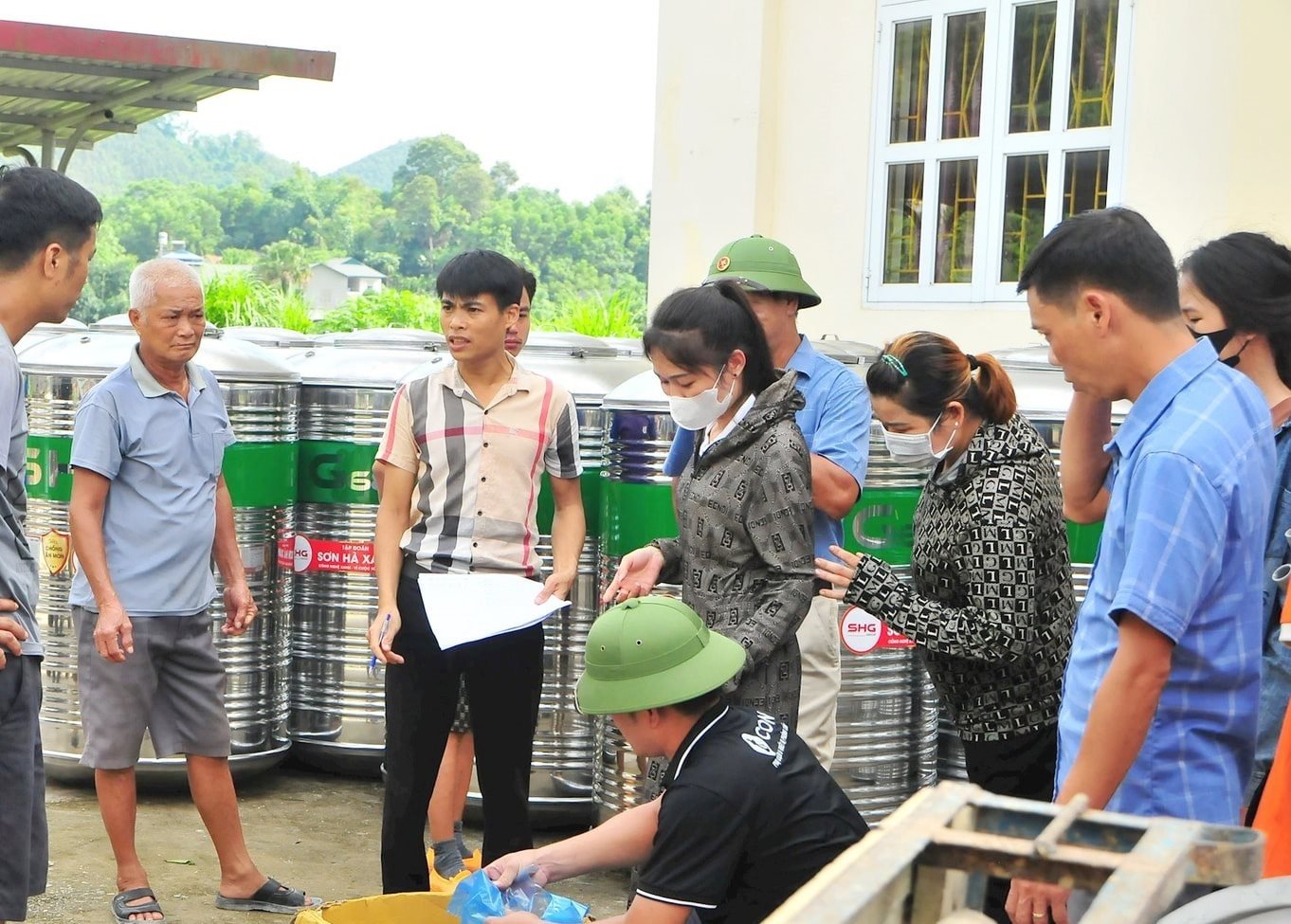
In Dak Nong, more than 15,000 ethnic minority households in disadvantaged communes have been provided with new electricity in the 2021-2023 period; In Gia Lai province , the Program has supported the construction of more than 90 water supply works in extremely disadvantaged communes, helping to overcome the shortage of domestic water during the dry season...
The above figures not only reflect improvements in infrastructure but also demonstrate the State's attention and investment in ethnic minority areas, contributing to promoting sustainable socio-economic development.
Creating livelihoods from effective models
Many livelihood models suitable to regional characteristics have been implemented synchronously within the framework of the National Target Program on Socio-Economic Development for Ethnic Minority Areas, bringing about clear and sustainable results.
These are solutions that not only increase people's income, but also contribute to cultural preservation, environmental protection and climate change adaptation. More importantly, these models are promoting the transformation of the rural economic structure, awakening the internal strength of the community and creating a foundation for people to escape poverty in a sustainable way.
For example, in the Central Highlands, one of the bright spots is the model of growing medicinal plants under the forest canopy, typically in Lam Dong province. The Co Ho people have cleverly combined forest protection with economic development, creating livelihoods closely linked to local resources, while reducing pressure on natural resources. In Dak Lak, the model of supporting breeding cows is spreading strongly. In Krong Pac district alone, more than 320 breeding cows have been given to poor and near-poor households, opening up opportunities for hundreds of families to rise up. Some places have also implemented linkages with businesses, ensuring stable output and increasing product value.
In the Central Coast, the model of raising cows for reproduction in Cam Lam district (Khanh Hoa), or reviving traditional crafts such as brocade weaving in Quang Nam, pottery making in Ninh Thuan... not only creates local jobs, but also contributes to maintaining intangible cultural values that are at risk of disappearing.
Positive developments have also been recorded in the northern mountainous region. In Bac Kan, people in Thuong Giao commune have switched to growing Solanum procumbens – a medicinal plant with high economic value – to replace the previously ineffective plants. Many other localities have developed community tourism, such as in Ha Giang and Lai Chau, combining the preservation of ethnic culture with attracting tourists, creating a stable source of income, promoting pride in identity and preserving traditional customs.
These livelihood models are clear evidence of the flexibility, practicality and inter-regional nature of policy implementation. This not only reduces the rate of poor households quickly and sustainably, but also promotes ethnic minority communities to proactively participate in the socio-economic value chain, contributing increasingly to the overall development of the country.
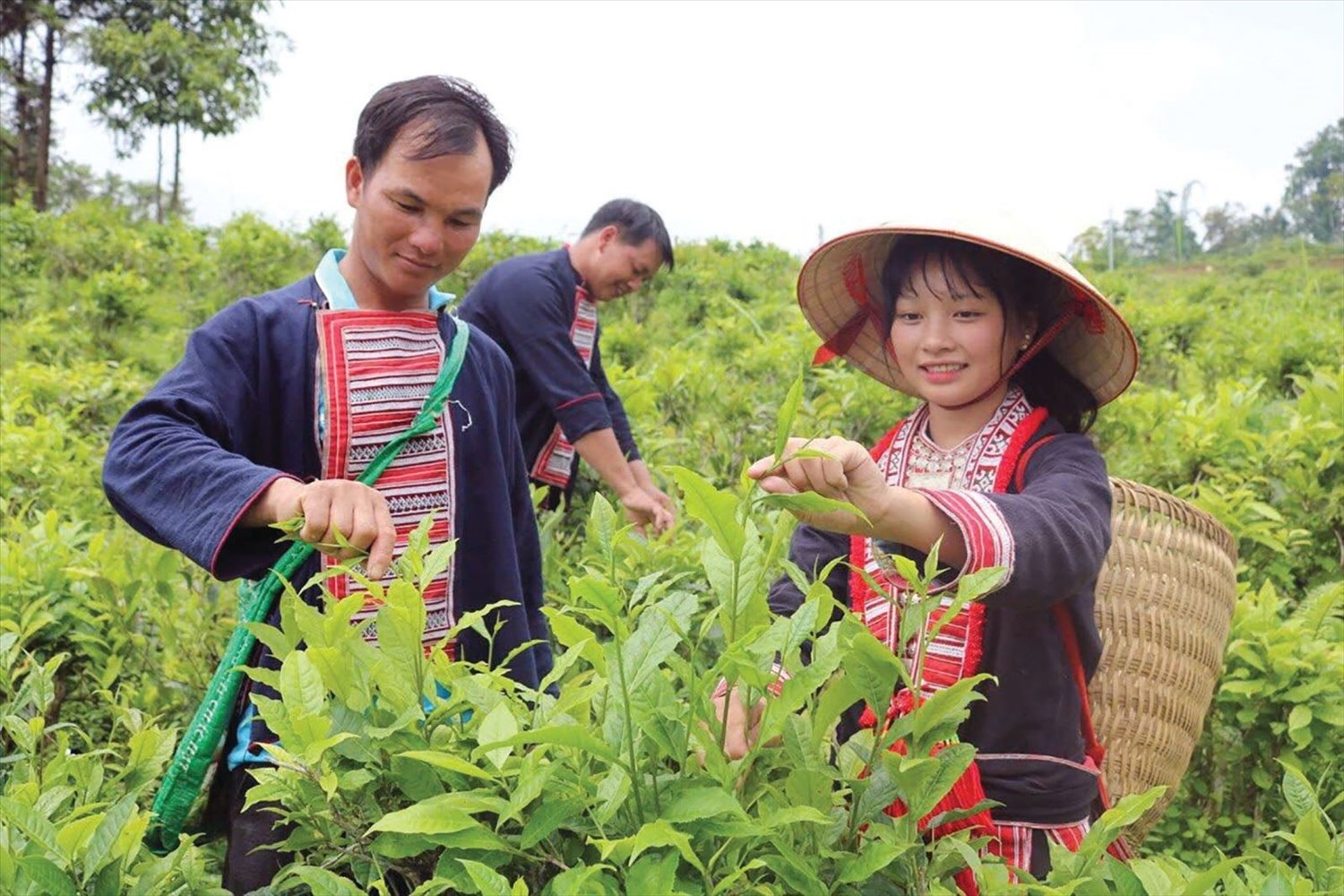
Rapid and sustainable poverty reduction
Synchronous efforts from policies, infrastructure investment, to livelihood support have created a clear shift in poverty reduction in ethnic minority areas - one of the core and consistent goals of the National Target Program.
The year 2024 marks a strong step forward in poverty reduction in Vietnam, with results exceeding expectations, reflecting the effectiveness of social security policies and development programs for ethnic minority areas.
Accordingly, the national poverty rate decreased to 1.93%, equivalent to 599,608 households, exceeding the target of reducing by more than 1% compared to the previous year. The poverty rate in poor districts decreased to 24.86%, a decrease of about 5% compared to 2023, showing a significant improvement in the most difficult areas.
At the same time, the poverty rate among ethnic minorities decreased to 12.55%, a decrease of nearly 4%, reaching and exceeding the target assigned by the National Assembly and the Government. Notably, the national multidimensional poverty rate (including poor and near-poor households) in 2024 was 4.06%, a decrease of 1.65% compared to 2023.
These figures not only demonstrate the success of the National Target Programs, but also reflect positive changes in people's lives, especially in remote areas.
Source: https://baodantoc.vn/cu-hich-chien-luoc-lam-thay-doi-dien-mao-vung-dong-bao-dan-toc-thieu-so-nhung-tru-cot-phat-trien-ben-vung-bai-1-1744709033595.htm




![[Photo] Flag-raising ceremony to celebrate the 50th anniversary of the Liberation of the South and National Reunification Day](https://vphoto.vietnam.vn/thumb/1200x675/vietnam/resource/IMAGE/2025/4/30/175646f225ff40b7ad24aa6c1517e378)

![[Photo] General Secretary To Lam presents the title "Hero of Labor" to the Party Committee, Government and People of Ho Chi Minh City](https://vphoto.vietnam.vn/thumb/1200x675/vietnam/resource/IMAGE/2025/4/30/08a5b9005f644bf993ceafe46583c092)
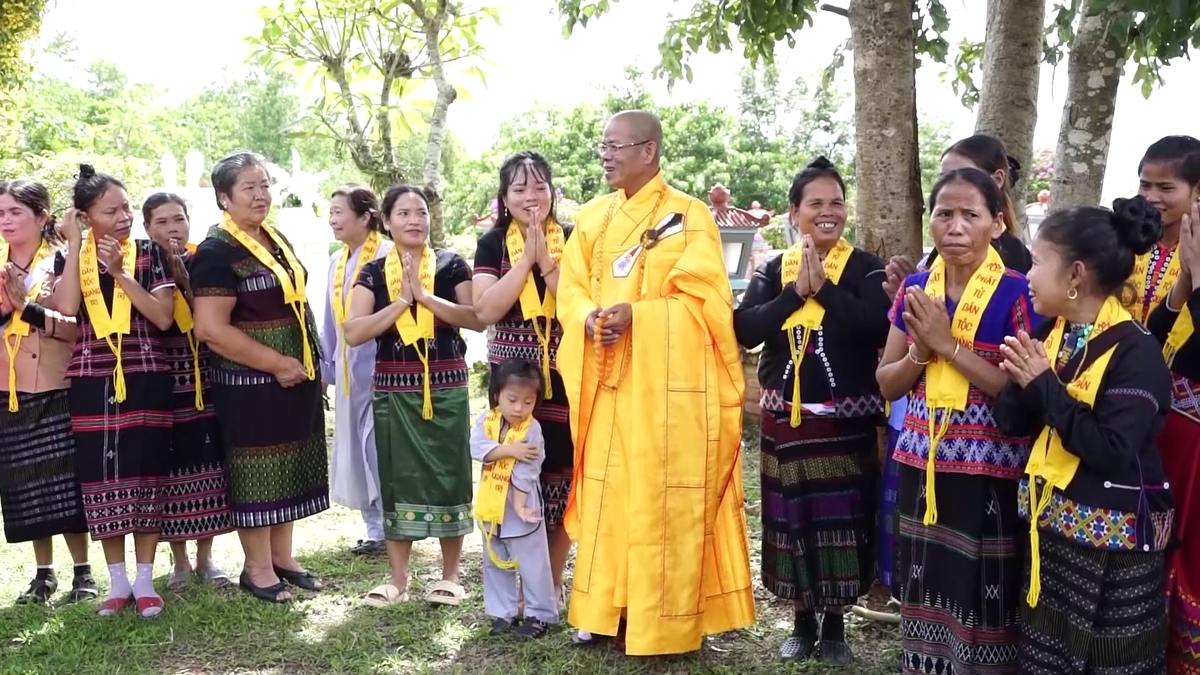



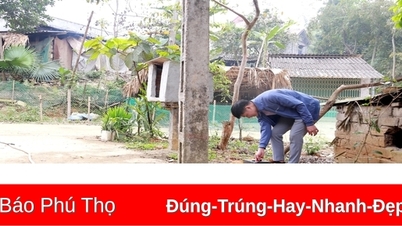

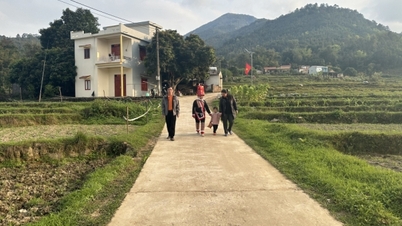
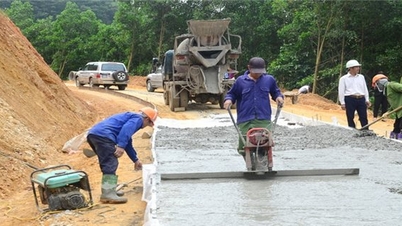


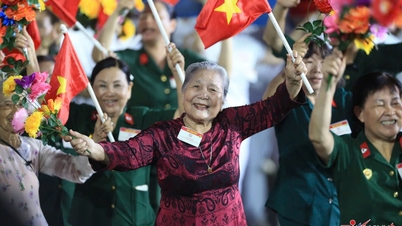
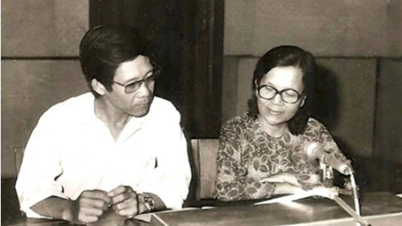










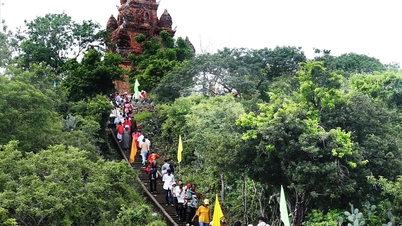

![[Photo] Demonstration aircraft and helicopters flying the Party flag and the national flag took off from Bien Hoa airport](https://vphoto.vietnam.vn/thumb/1200x675/vietnam/resource/IMAGE/2025/4/30/b3b28c18f9a7424f9e2b87b0ad581d05)















































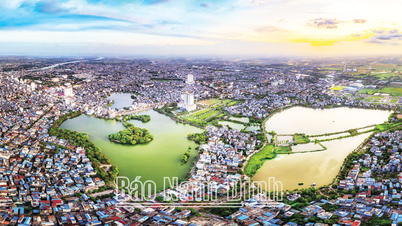




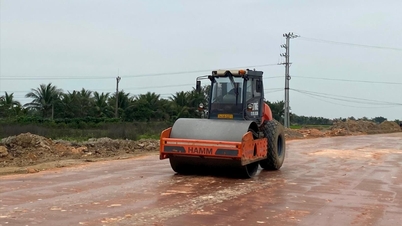

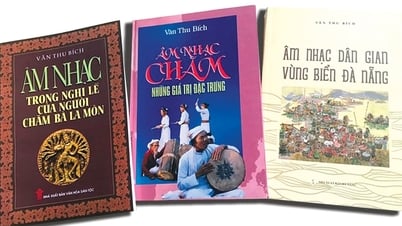












Comment (0)